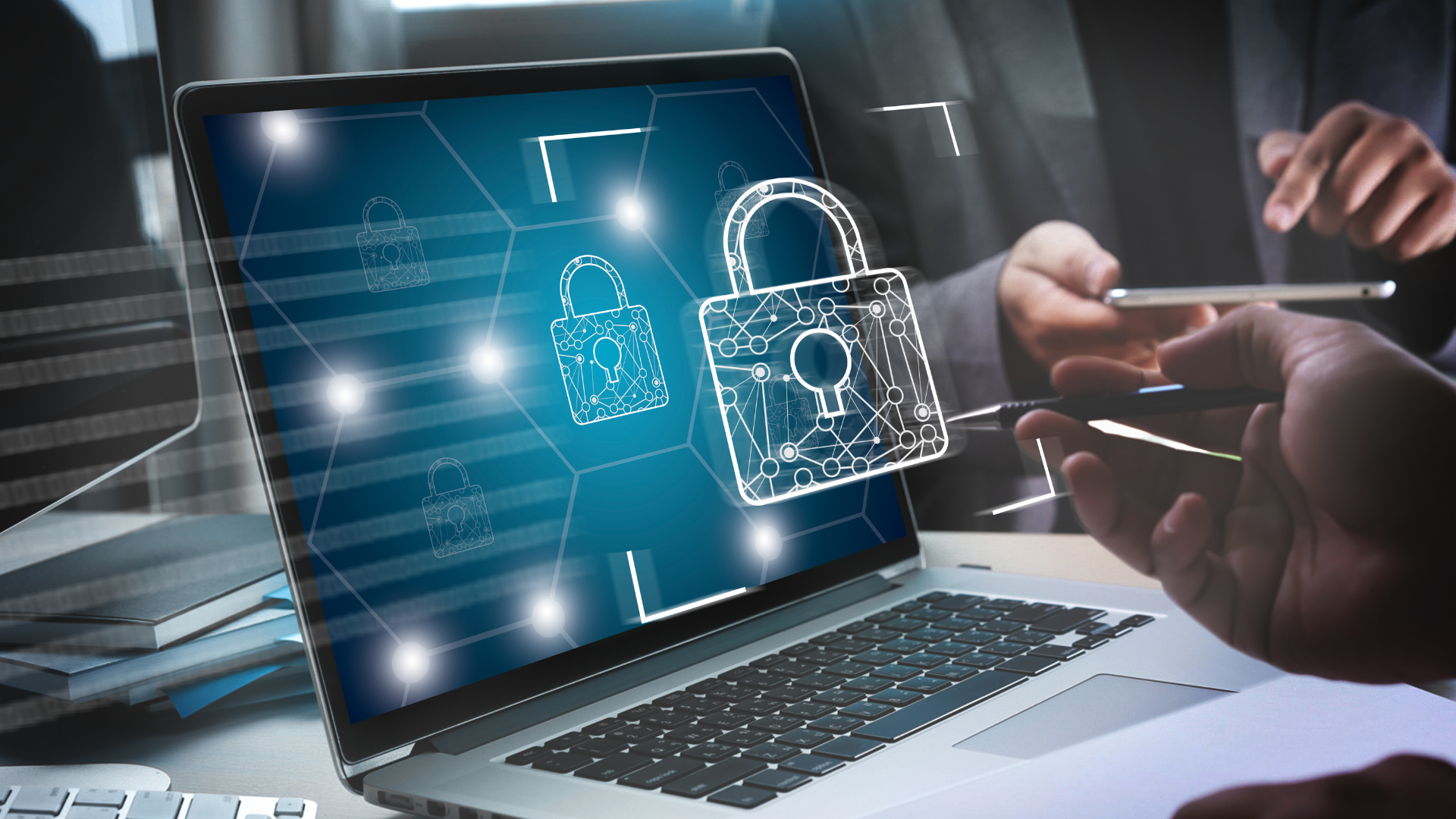
By Rick Williams, founder & CEO, platform 24
The digital landscape is rife with cyber threats that test the resilience of organisations worldwide. With daily news reports of corporate breaches and the emergence of sophisticated scams, it’s clear that cyber security is not just an IT concern but a strategic imperative for all businesses. The complexity of the cyber threat landscape might seem overwhelming, but the key to managing these risks lies in a structured approach encompassing People, Policy, and Technology.
Starting with the Basics: Audit and Framework Selection
Beginning any cyber security initiative requires a methodical approach, and the first step in this process involves a comprehensive evaluation of the organisation’s current status. This critical phase entails conducting a thorough audit to identify the storage locations and protection mechanisms of sensitive data, including Intellectual Property (IP) and Personally Identifiable Information (PII). Such an audit helps organisations grasp the scope of their data protection needs and assess their vulnerability to potential breaches.
Understanding the specific types and locations of sensitive data within the organisation enables a more tailored and effective cyber security strategy. It’s essential for businesses to recognise not just the value of the data they hold but also the various threats that could compromise its security. This initial assessment lays the groundwork for informed decision-making regarding the cyber security measures that need to be implemented.
After establishing a clear understanding of the current data security situation, the next step involves selecting a cyber security framework that will serve as the foundation for the organisation’s security strategy. The choice of framework is critical because it guides the overall approach to securing assets and information.
The Australian Cyber Security Centre’s Essential 8 is frequently suggested for organisations looking to bolster their cyber security defences. This framework is valued for its straightforwardness and practicality, offering a set of eight fundamental mitigation strategies designed to defend against the majority of cyber threats. It acts as a roadmap, directing organisations in their efforts to secure their systems effectively and emphasises proactive measures rather than reactive solutions, encouraging businesses to establish a strong defensive posture against cyber attacks.
By starting with a detailed audit and selecting an appropriate cyber security framework, businesses can create a robust foundation for protecting their sensitive data against threats. This approach ensures that organisations are not just reacting to incidents as they occur but are proactively working to prevent them, thereby enhancing their overall cyber security resilience.
Building Blocks: People, Policy, and Technology
Cyber security is a multifaceted field that requires more than just cutting-edge technology to protect digital assets; it demands a comprehensive strategy that encompasses the roles of people, policies, and technological tools. These components, though distinct, do not operate in isolation. Instead, they form an integrated ecosystem where each part supports and enhances the others, creating a robust defence mechanism against threats. The effectiveness of a cyber security program hinges on understanding and leveraging the interconnected roles of these building blocks.
By ensuring that employees are well-trained, policies are clear and enforceable, and technology is both advanced and properly utilised, organisations can create a synergistic security posture that is far greater than the sum of its parts. This holistic approach not only guards against the cyber threats facing organisations today but also fosters an environment of continuous improvement and resilience in the face of evolving cyber challenges.
People: The Core of Cyber Security
The emphasis on people as the first line of defence underscores the importance of a well-informed and vigilant workforce. Education and cyber security awareness training are pivotal. Employees need to be equipped with knowledge on potential cyber threats, phishing scams, and safe online practices. It’s not just about following instructions; it’s about fostering a culture of security where every individual recognises their role in protecting the organisation and its critical infrastructure assets. Regular training sessions, updates on the latest threats, and practical exercises such as phishing simulations can enhance this awareness and readiness.
Policy: The Blueprint for Security
Policy forms the backbone of an organisation’s cyber security framework. It outlines the dos and don’ts, setting clear expectations for behaviour and procedures related to data management. A robust policy covers everything from password management and multi-factor authentication to data encryption and cyber security incident response protocols. It should be dynamic, evolving with new threats and technological advancements. Regular reviews and updates ensure that policies remain relevant and effective. Importantly, policies must be communicated clearly to all members of the organisation, ensuring they are both understood and actionable.
Technology: The Shield and Sword
Technology serves as the tangible layer of defence against cyber threats. This includes firewalls, antivirus software, encryption tools, and intrusion detection systems, among others. However, technology alone is not a silver bullet; it must be deployed judiciously, in alignment with the organisation’s policies and the expertise of its people. The selection of technologies should be strategic, focusing on solutions that offer comprehensive protection and are compatible with the organisation’s infrastructure. Continuous monitoring and regular updates are essential to counteract emerging threats. Technologies that enable automated responses to certain types of incidents can also augment the human element, providing swift action when needed.
Integration: The Key to Effective Protection
The true strength of a cyber strategy lies in the integration of people, policy, and technology. Each element reinforces the others. People are educated and guided by policies, which in turn are made practicable through technology. Likewise, technology is most effective when its users are knowledgeable and its use is governed by clear, concise policies. This holistic approach ensures not only the security of data but also the resilience of the organisation against cyber threats. Collaboration across departments, regular feedback loops, and a commitment to continuous improvement are critical for this integrated framework to succeed.
Frameworks and Global Standards
Frameworks offer a structured and methodical approach to securing digital assets by providing a comprehensive set of guidelines for organisations to follow, and national frameworks can be paired with global standards to help businesses manage cyber risk even more effectively.
For instance, the Essential 8, primarily aimed at Australian organisations but with universally applicable core principles, forms a robust foundation for cyber security practices. However, it’s beneficial for businesses to also integrate broader, internationally recognised frameworks, such as NIST, to enhance their cyber security strategy.
Originating from the United States, NIST provides a more extensive structure for identifying, protecting against, detecting, responding to, and recovering from cyber security threats. By adopting both the Essential 8 and the NIST Cybersecurity Framework, businesses can create a layered defence strategy. This approach not only adheres to specific national guidelines but also aligns with global best practices, ensuring a well-rounded and resilient cyber security posture. Such integration allows for a dynamic response to an array of cyber threats, leveraging the strengths of each framework to mitigate vulnerabilities effectively.
Compliance, Collaboration, and Expertise
Adhering to legal requirements such as the Security of Critical Infrastructure (SOCI) Act and fulfilling reporting obligations are indispensable aspects for businesses in protecting against cyber threats. Compliance not only ensures that organisations meet statutory mandates but also fosters a culture where cyber security is transparent and accountable. Such a culture is important in maintaining trust with stakeholders and in the broader market. Additionally, the exchange of threat intelligence and cyber security information between the government and private entities plays a vital role. This collaboration enhances the collective understanding of cyber threats and enhances defences across sectors.
In this context, IT providers offering cyber security services emerge as critical allies for businesses, particularly for small and medium-sized enterprises (SMEs) that may lack the in-house expertise or resources to tackle the sophisticated and evolving threat environment. These providers employ cyber security experts who bring specialised knowledge and capabilities to the table, offering tailored solutions that address specific vulnerabilities and threats facing an organisation. By leveraging these services, businesses can access continuous monitoring, threat detection, and incident response support, ensuring they are not only protected but also positioned to respond swiftly and effectively to potential cyber incidents. This approach not only enhances their security posture but also allows them to focus on their core operations, with the confidence that their cyber defences are being managed by experts.
A Call to Action for Businesses
The journey toward cyber resilience is ongoing. It requires vigilance, adaptability, and a proactive stance. By understanding the risks, adopting a suitable framework, and engaging all levels of the organisation in cyber security efforts, businesses can protect themselves against threats both now and in the future. It’s a journey that no business can afford to delay, with the stakes increasing on a daily basis.
By focusing on practical steps and leveraging frameworks like the Essential 8, along with compliance and collaboration, businesses can forge a path toward enhanced cyber resilience. The message is clear: start now, understand your risks, and build a cyber security strategy that can withstand the challenges of 2024 and beyond.


